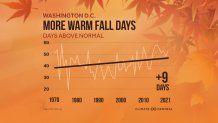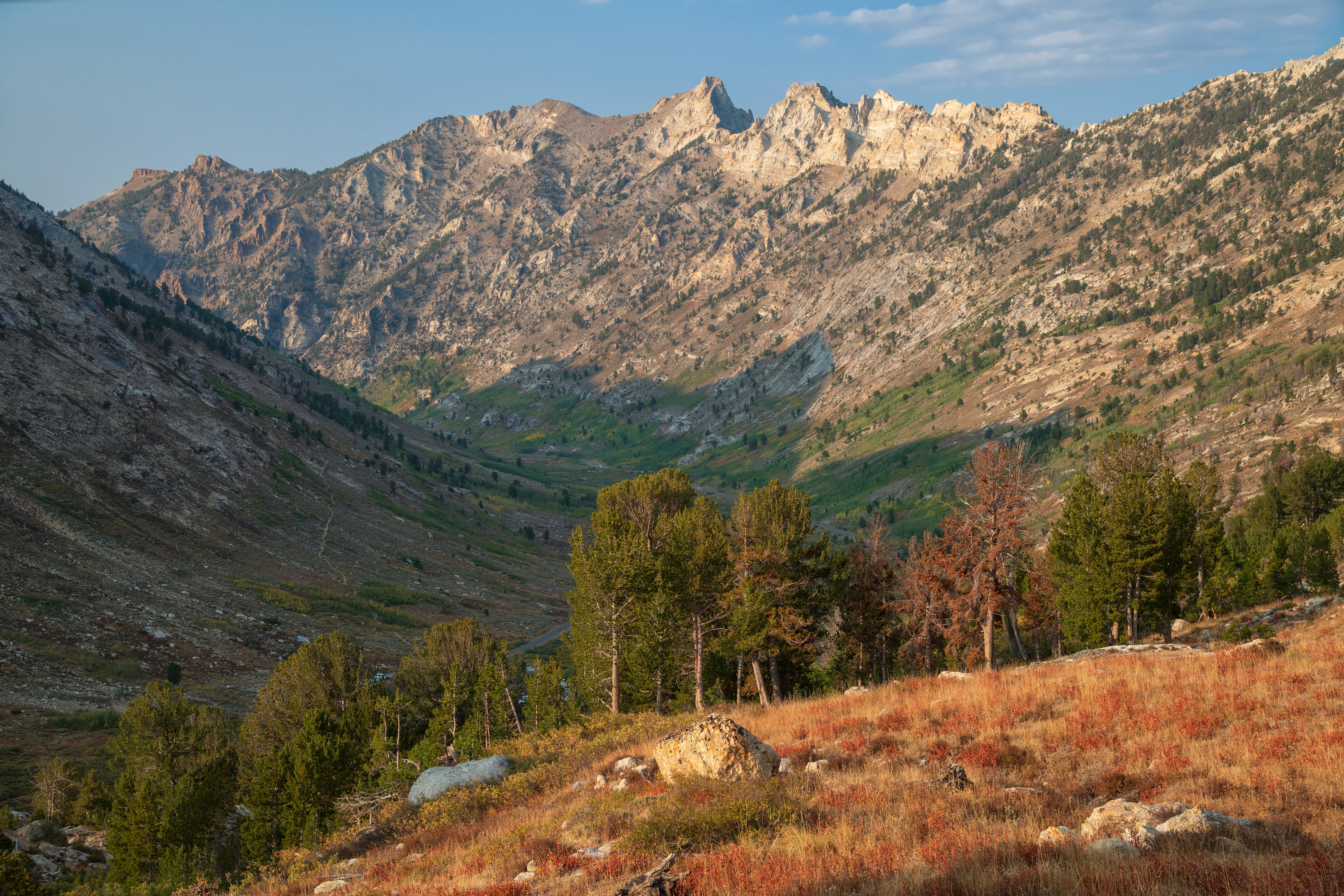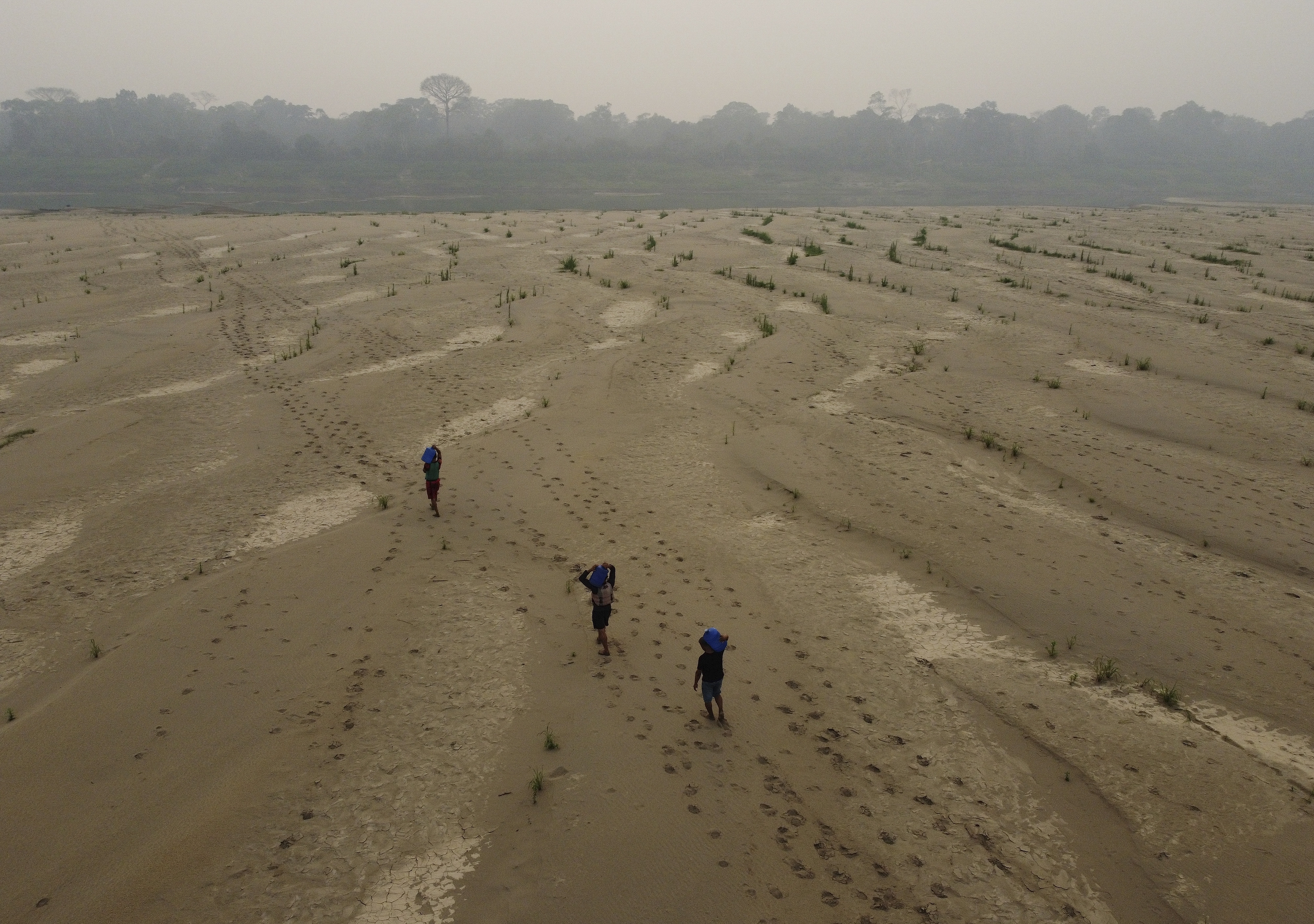Chilly mornings, colorful leaves, shorter days: There’s a coziness to the fall season.
But our changing climate is taking the chill out of autumn. Fall temperatures have gone up almost 3 degrees across the United States compared to 50 years ago, a Climate Central study found.
Climate Central looked at about 250 cities and found that 97% of them now experience a warmer fall season compared to 1970.
Washington, D.C., is clocking nine more fall days with above-normal temperatures compared to 1970, while the biggest warming has happened in Nevada, Texas and Arizona, Climate Central found.
We've got the news you need to know to start your day. Sign up for the First & 4Most morning newsletter — delivered to your inbox daily. >Sign up here.

This warming doesn’t just shorten sweater and boot season.
It means your air conditioner would run longer, increasing energy costs and prolonging the period when people are at risk of heat-related illnesses — particularly more vulnerable groups including children and residents of low-income communities.
Changing Climate
News4 is Working 4 You with in-depth coverage of our changing climate. Learn how it impacts your family, your money, your health and your commute.
Do you have allergies or asthma? With a warming autumn, we are seeing a longer and more intense pollen season.
Finally, a warmer fall means disease-carrying insects like mosquitos and ticks stick around longer.



